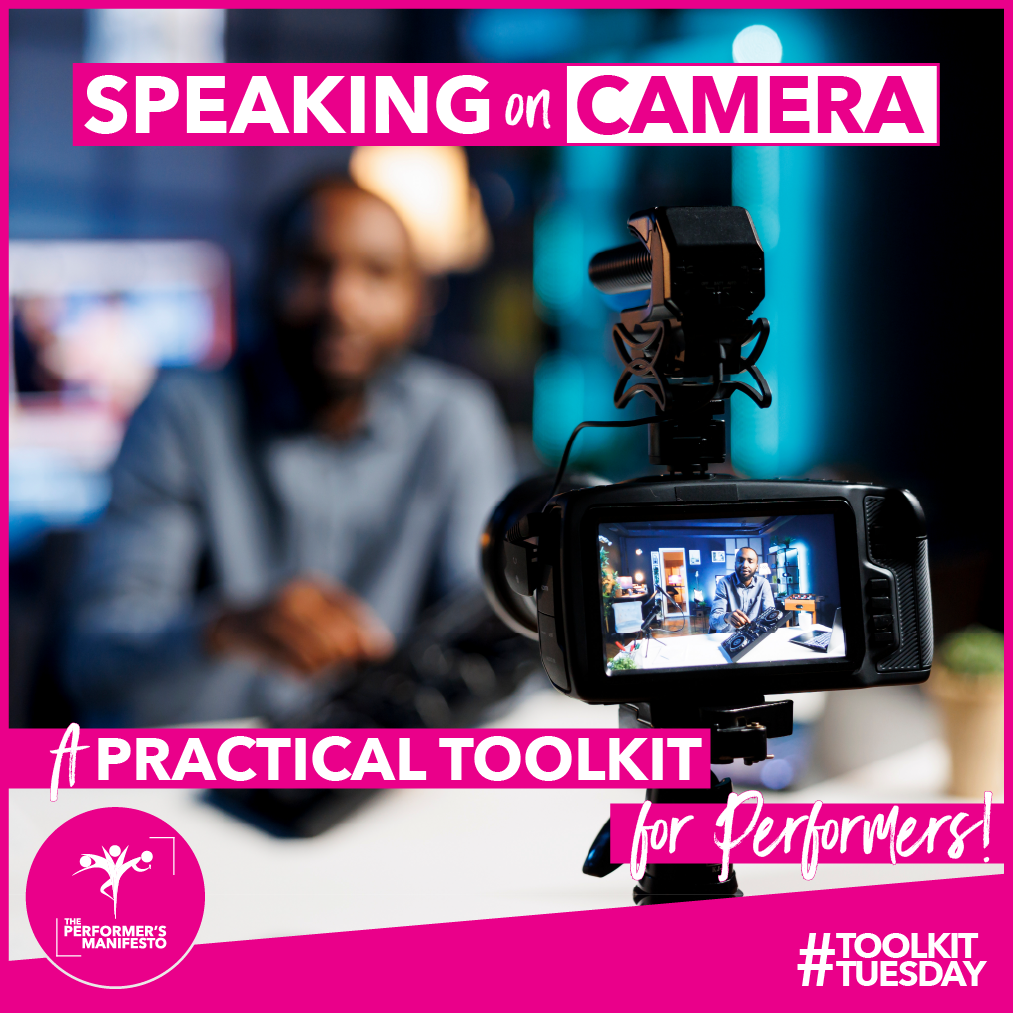These days, performing artists are expected to do far more than just shine on stage or deliver lines on set. Whether it’s self-taping an audition, hosting an online series, introducing your next gig, creating social media content, or sending in a video pitch – you’re likely going to find yourself speaking directly to a camera.
And here’s the thing: it’s a skill in itself. But the good news? Like any performance skill, it can be learned, practised, and refined.
So, this #ToolkitTuesday, we’re sharing practical, performer-friendly tools to help you speak confidently, naturally, and authentically on camera. This isn’t just for actors – this is for every performer looking to upskill, connect, and communicate on screen.
Why Speaking on Camera Matters
Unlike stage or live work, speaking on camera is more intimate. The lens doesn’t lie, and it picks up on hesitation, nerves, or forced energy. But with the right prep and mindset, you can turn those nerves into connection and those takes into confidence.
10 Essentials to Help You Shine on Camera
1. Prepare Your Setup and Your Message
Before you even hit record, set yourself up for success. Choose a tidy, well-lit space with minimal distractions. Then plan what you’re going to say – whether that’s writing a full script or jotting down key points. Bullet points often strike the right balance between structure and spontaneity.
“Preparation doesn’t mean memorising a monologue. It means knowing your purpose.” — PresenterAcademy.com
2. Speak to One Person
Imagine the camera as a single individual – a friend, casting director, or audience member you care about reaching. Avoid phrases like “everyone out there” and instead aim for connection, not broadcast.
3. Use Conversational Language
You’re not giving a lecture – you’re sharing a moment. Avoid overly formal language or jargon. Instead, talk like you would in a friendly chat over coffee. This helps you come across as more relatable and real.
4. Mind Your Body Language
Your body speaks as much as your words do. Use your hands if that’s natural for you, maintain open posture, and make sure your facial expressions match your message. Just don’t freeze or overdo it.
“Never cross your arms, hide your hands or slouch. Let your gestures enhance what you’re saying.” — Robert George, Medium.com
5. Look into the Lens (Not at Yourself!)
If you’re using your phone or webcam, it’s tempting to look at your own image – but resist. Looking into the lens simulates eye contact and builds trust with your viewer.
6. Set the Tone with Your Voice
Vary your pitch, tone, and speed. Don’t rush – breathe. A steady pace with intentional pauses lets your message land and gives you a chance to stay grounded.
7. Let Your Personality Through
You don’t need to become someone else. In fact, audiences connect better when you’re authentically you. Bring your quirks, energy, and natural speech patterns into your delivery.
8. Make Space for Mistakes
You might trip over a word. You might need another take. It’s fine. Mistakes don’t mean failure—they mean you’re human. Don’t edit out every imperfection – sometimes, they’re the most relatable moments of all.
“Take imperfect action to get near-perfect results.” — Robert George, Medium.com
9. Use Affirmations to Calm the Inner Critic
If you’re battling doubt or nerves, take a breath and try a few affirmations before recording:
- “I’m here to share something valuable.”
- “My story is worth hearing.”
- “This is a skill I’m learning, not something I have to be perfect at.”
10. Practice Is the Secret Sauce
Like any skill, on-camera presence improves with repetition. Don’t wait until it’s urgent – build the muscle now. Record short clips regularly. Don’t overanalyse – just get used to the process. You’ll be amazed at your growth.
“You can’t improve what you don’t do. Record. Reflect. Repeat.” — Backstage.com
Final Thoughts
Speaking on camera is no longer optional – —it’s a core skill in the modern performer’s toolkit. And like your voice, movement, or script analysis – it gets stronger with focus, self-compassion, and consistency.
So, whether you’re filming a self-tape, hosting your own content, or sending an intro to a festival panel, know this: You’ve got this. You’ve trained for connection – this is simply a new stage to own.
Ready to level up your on-camera confidence?
Challenge yourself to record a 60-second clip today. Speak about a project you’re working on or share a favourite quote. Then review it, tweak, and try again. Small steps build big skills.


